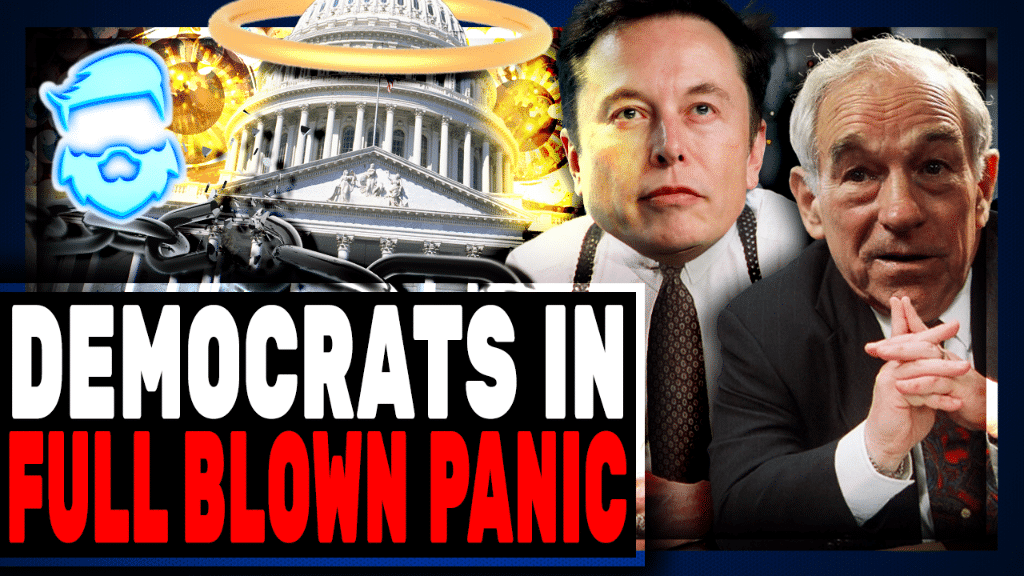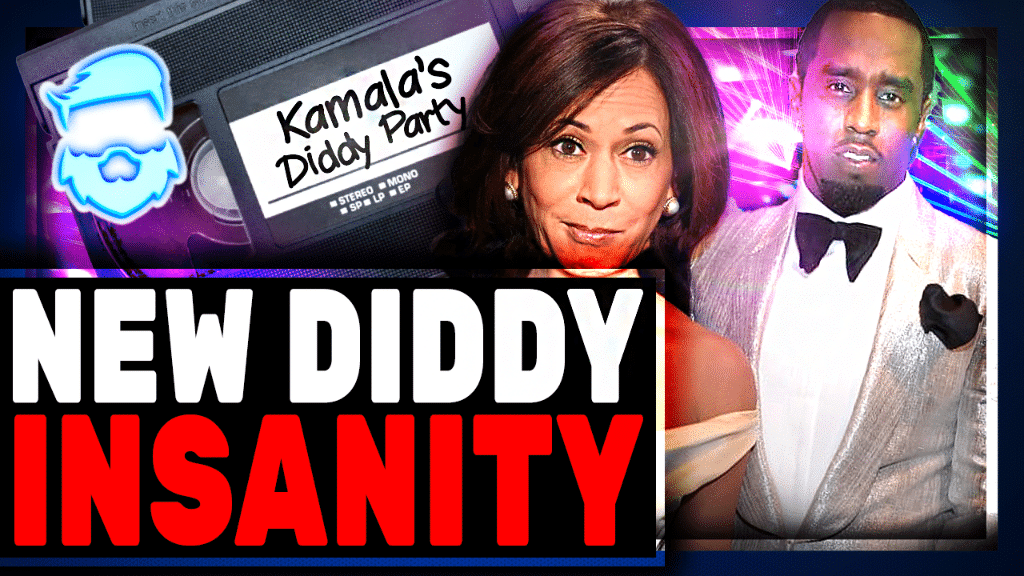After months spent trying to undo the deal he initiated, Tesla founder Elon Musk now owns Twitter.
Musk has reportedly wasted no time making big changes. Yesterday, The Washington Post reported that the company’s chief executive, Parag Agarwal; chief financial officer Ned Segal; general counsel Sean Edgett; and Vijaya Gadde, the head of legal policy, trust, and safety, have all been fired. Segal has since updated his bio to “former CFO and current fan” of Twitter.
Such sweeping changes are unlikely to be a one-off. In April, when Twitter announced it had agreed to the sale, Musk said he wanted to “make Twitter better than ever by enhancing the product with new features, making the algorithms open source to increase trust, defeating the spam bots, and authenticating all humans.”
The entrepreneur’s tweets and public statements since then—along with private text messages released through Twitter’s lawsuit seeking to enforce the deal—detail sweeping but sometimes conflicting ambitions for the company. Many have triggered concerns from people who use, study, or work at Twitter that the world may lose an imperfect but uniquely open online space. If Musk carries through on his ideas even partly, Twitter users could see big and confusing shifts in the platform’s features and social dynamics.
Musk’s most consistently stated ambition for his version of Twitter is for it to function as a “digital town square” that provides a forum for free speech where any person is welcome. That may sound laudable to many, but while Twitter, like other big social platforms, currently tries to remove harassment and other objectionable content, Musk has said he is opposed to any “censorship that goes far beyond the law” and wants to fix Twitter’s “strong left-wing bias.”
In the US, this would translate to an ethos of just about anything goes. In late April, after Twitter accepted Musk’s offer, bot watchers saw a flurry of new right-wing accounts and warned that people who had abandoned Twitter after their posts or accounts were consistently removed by moderators were returning to the site in anticipation of the Musk regime.
All of this has led experts in online moderation—including some on Twitter’s online safety advisory council—to fear Musk will usher in a new era of trolling on the platform. “A Musk-owned Twitter could be disastrous for women and marginalized communities already facing abuse and targeted harassment on the platform,” says Christopher Bouzy of Bot Sentinel, a popular bot-detection system.
Musk said at a Financial Times event in May that he’d reverse the ban that kicked Donald Trump off Twitter after the January 6 insurrection, calling the decision “morally wrong and flat out stupid.” But in a private text message he also claimed that “Twitter is obviously not going to be turned into some right wing nuthouse” and said that he will be “aiming to be as broadly inclusive as possible.”
Musk has suggested that making the algorithm used to rank tweets open source could quash fears of any particular views having an advantage on the platform. His text messages showed that his interest in the idea may have originated with Twitter cofounder Jack Dorsey, who wrote that the service “must be an open source protocol,” much like secure messaging service Signal.
But although researchers who study social media have welcomed the idea of radical transparency in Twitter’s code, they have also warned that this won’t resolve arguments about bias, which can come from other sources, like Twitter’s data or social dynamics on the service. (Researchers at Twitter said that in the US and several other countries last year, right-leaning accounts got more of a boost from its algorithms than left-leaning ones.) Similarly, expert bot trackers have thrown cold water on the idea that Musk is likely to be able to sweep all the automated accounts off the platform.
Musk has also said he would make big changes to Twitter’s business model, which is heavily dependent on advertising. The New York Times reported in May that in a presentation to investors Musk claimed he would cut the contribution of ads to the company’s revenue from the approximately 90 percent it makes up today to less than 50 percent. Much of the shift was predicted to come from a big jump in subscription revenue.

















